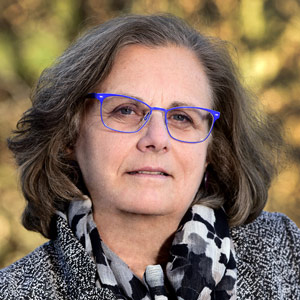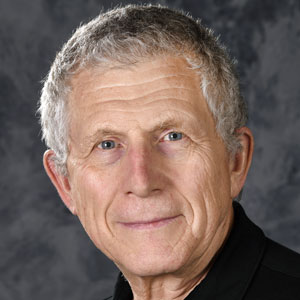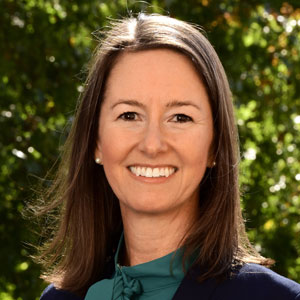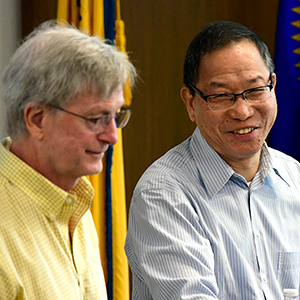Former deputy director, acting director, and career scientist, Sam Wilson Jr., M.D., was honored by colleagues, friends, and family from around the world during an emotional memorial lecture Aug. 15. The hybrid event was followed by the dedication of a bench placed in Wilson’s honor in the NIEHS Memorial Garden located alongside Discovery Lake.
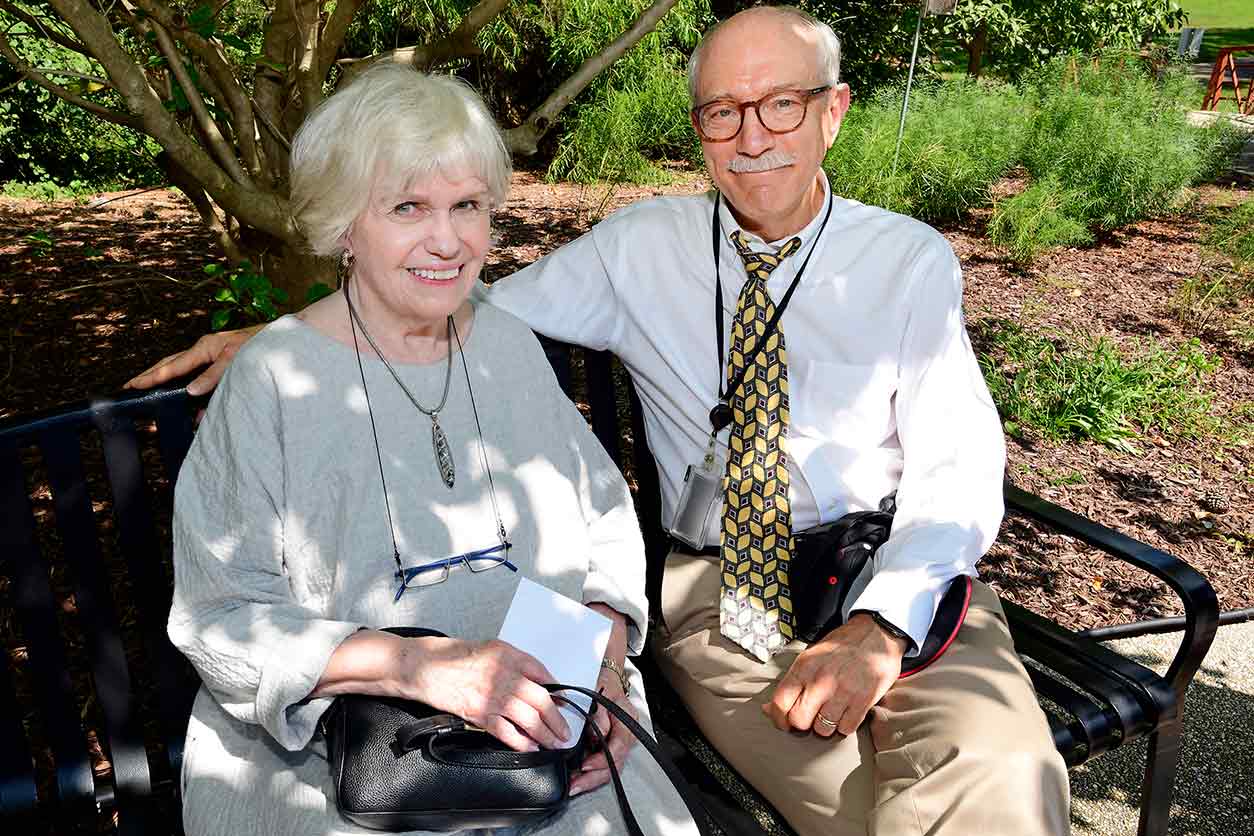
The memorial lecture was a longtime coming, according to Robert Petrovich, Ph.D., director of the Protein Expression Facility in the Structural Biology Core Facility, who organized the event.
“Sam meant a lot to a lot of people here, so this was just the right thing to do,” Petrovich said, adding that the event was planned for August — Wilson’s birthday month.
Paying tribute
Bennett Van Houten, Ph.D., Wilson’s decades-long colleague and research collaborator, presented the lecture. Van Houten, a former NIEHS scientist, serves as co-leader of the Molecular and Cell Biology Program at the Hillman Cancer Center at the University of Pittsburgh.
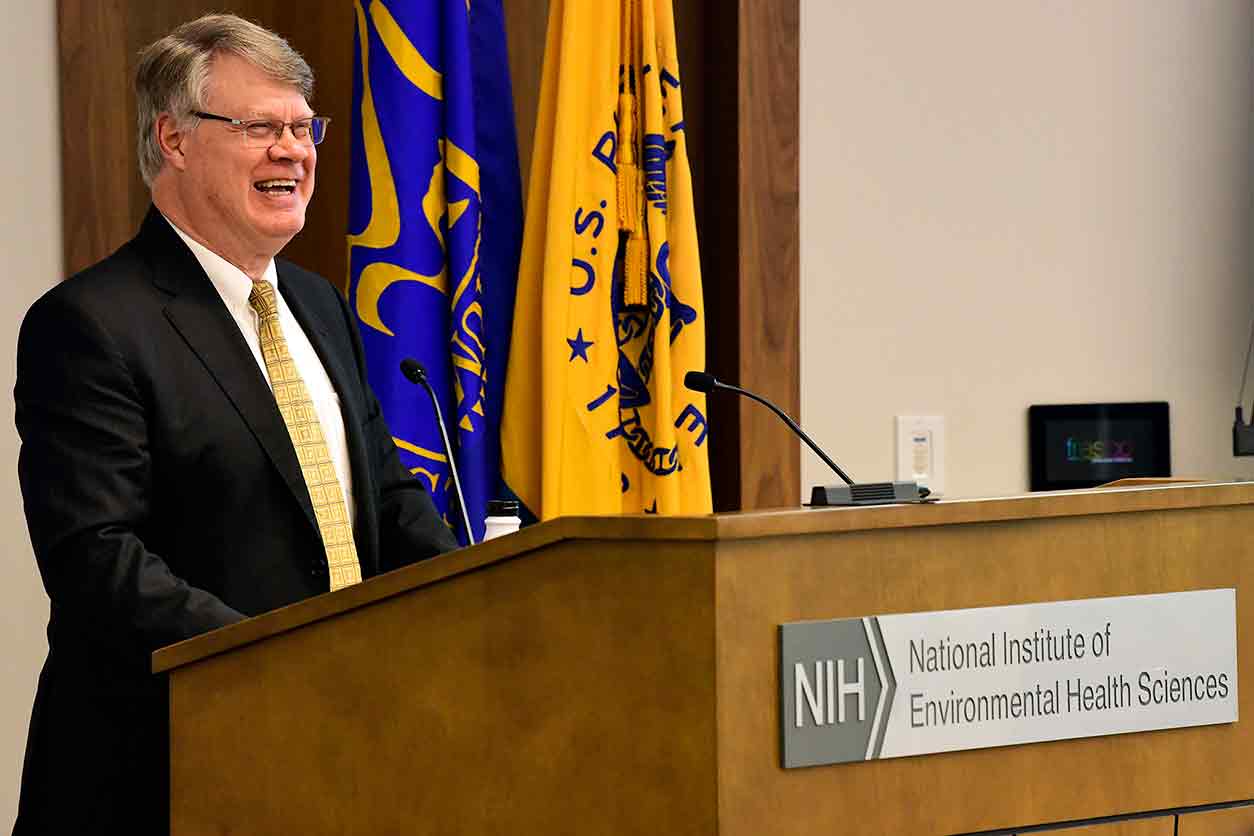
Van Houten spent the first half of his presentation sharing memories about Wilson and Wilson’s work in DNA repair. He joked that NIEHS loves acronyms, so Van Houten’s tribute included using Wilson’s first name as an acronym to represent his many roles at the institute.
S — Scientist
A — Administrator
M — Mentor
“It is in this spirit that I dedicate my talk today to Sam,” Van Houten said. “I was given a truly kind opportunity to speak with Sam just five days before he passed, and he said a lot of things, but one thing he did is he encouraged me to go all in with my single molecule work — the topic of my lecture today.”
DNA Pitt Crew
Wilson and Van Houten bonded over the years through their shared interest in DNA repair.
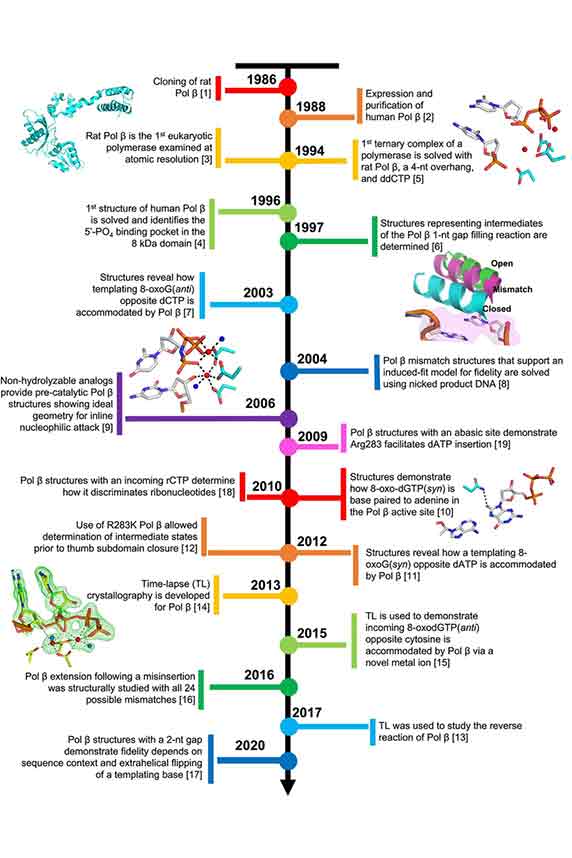
“Sam found that to be successful in science, one must select the most compelling research question to attack, and then one must acquire the best set of hands to develop and validate tools to help answer that question,” Van Houten said. “Well, this is easy to say and incredibly difficult to do.”
During Van Houten’s lecture, titled “Shining Light on DNA Repair: From Cells to Single Molecules,” he shared the many ways in which he carries forward Wilson’s work with his own team at the Genome Stability Program at the University of Pittsburgh Medical Center’s Hillman Cancer Center, which he coined the “DNA Pitt Crew.”
Several recent discoveries have been made by this team regarding the how and where of DNA repair. Specifically, they explore why those with low levels of a protein called UV-damaged DNA-binding protein complex (UV-DDB) are more susceptible to developing skin cancer.
Following in Wilson’s footsteps, they seek answers to tough questions by developing and validating tools to explore how DNA repair proteins affect the human genome because of environmentally induced DNA damage. For example, Van Houten’s lecture demonstrated how some members of the DNA Pitt Crew created innovative technology and super-resolution approaches to explore single molecule repair proteins as they arrive at and process damage sites in real-time in living cells. This work continues to build on Wilson’s by further exploring how the process of DNA damage and repair are related to various health outcomes, such as cancer, premature aging, and neurodegeneration.
Keep talking to each other
After the lecture, onsite attendees ventured out to Discovery Lake to visit the memorial bench placed in Wilson’s honor. The bench is under a shade tree to inspire thought, reflection, and scientific breakthrough.
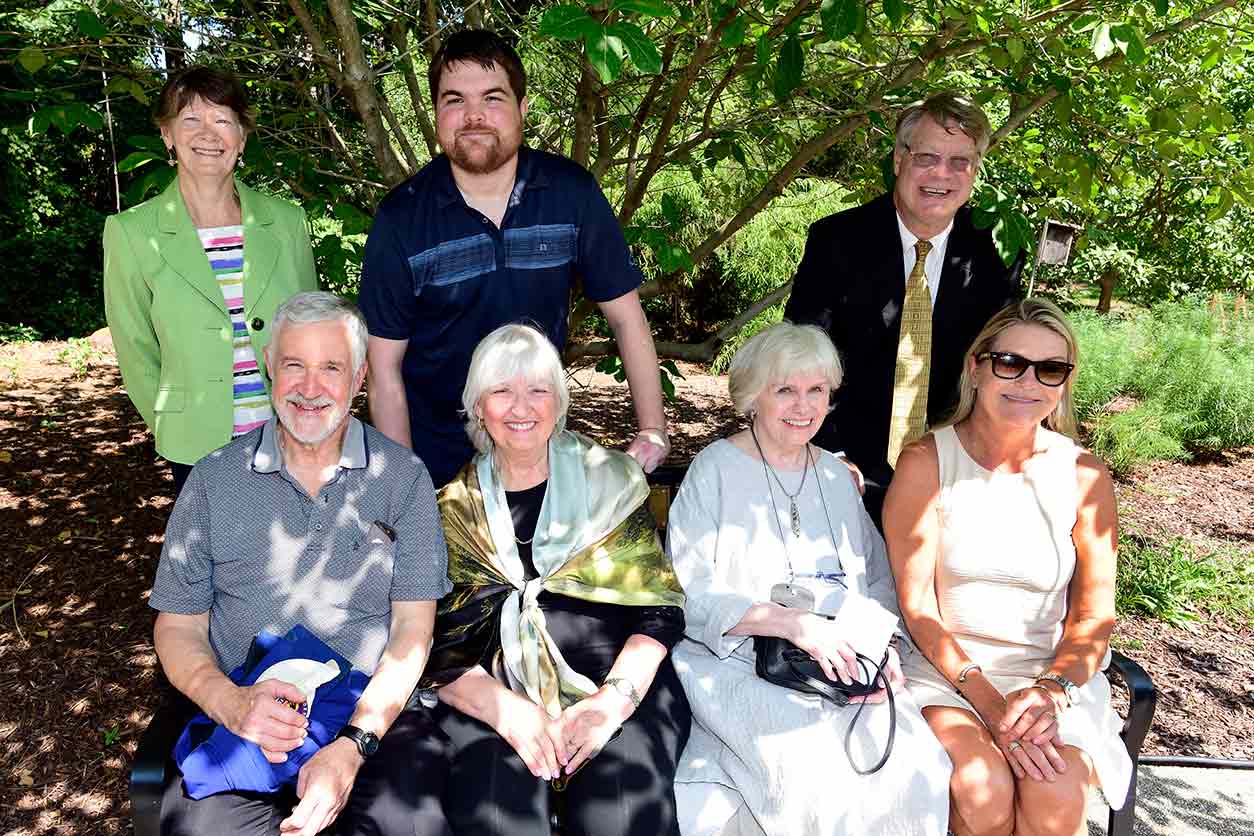
The bench was donated through a fundraising drive led by Petrovich. He consulted with Dorothea Wilson, Sam’s wife of more than six decades, on the details. They decided on a metal bench — choosing metal over wood so it would be everlasting — with a memorial plate that features a photo of Wilson.
“You all know that Sam Wilson loved science, but what you might not know is that he once told me that the thing he loved most about science was talking to other scientists,” she said. “The exchange of ideas, the give and take, the sharing of information, and the friendships. He really wanted to pursue knowledge, and I think he would want me to just encourage you all to keep talking, because there is still a lot to find.”
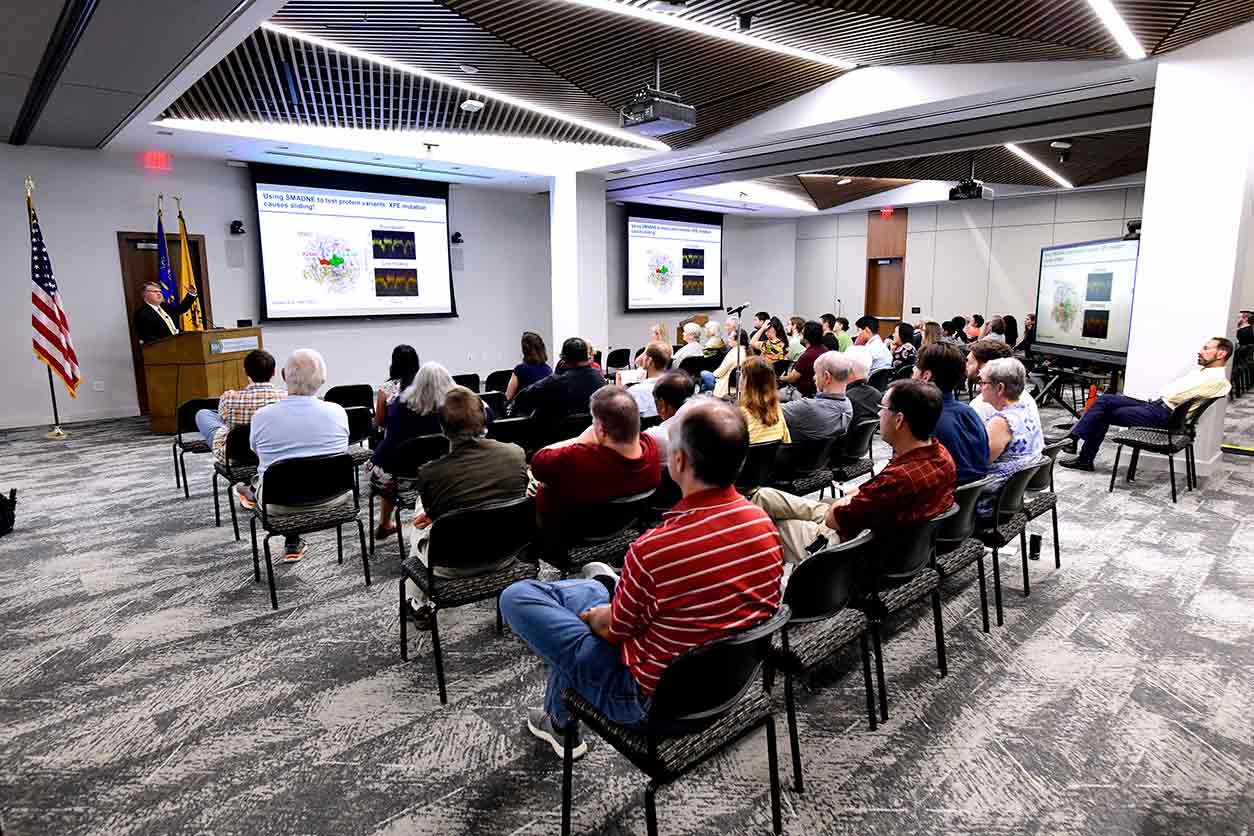
(Jennifer Harker, Ph.D., is a technical writer-editor in the NIEHS Office of Communications and Public Liaison.)





